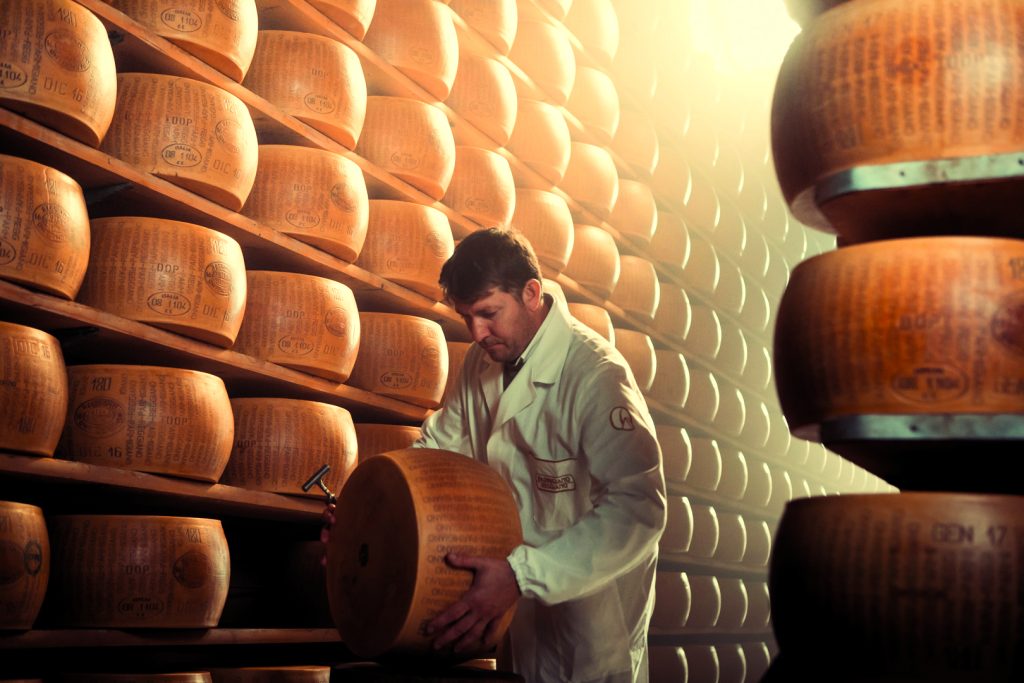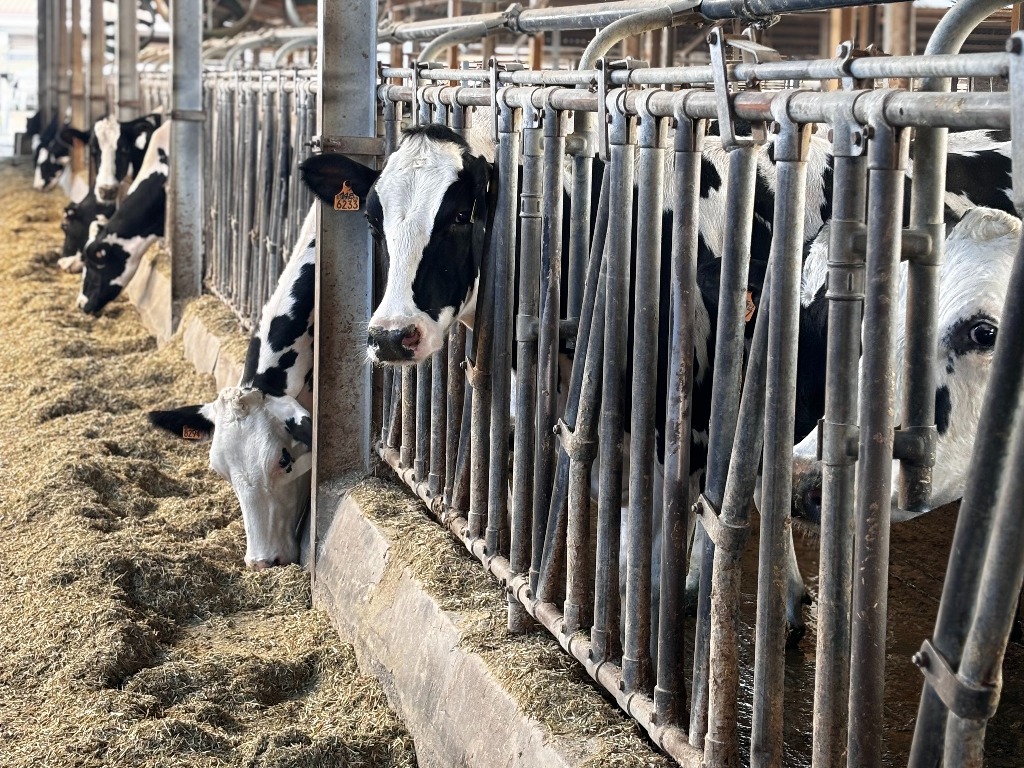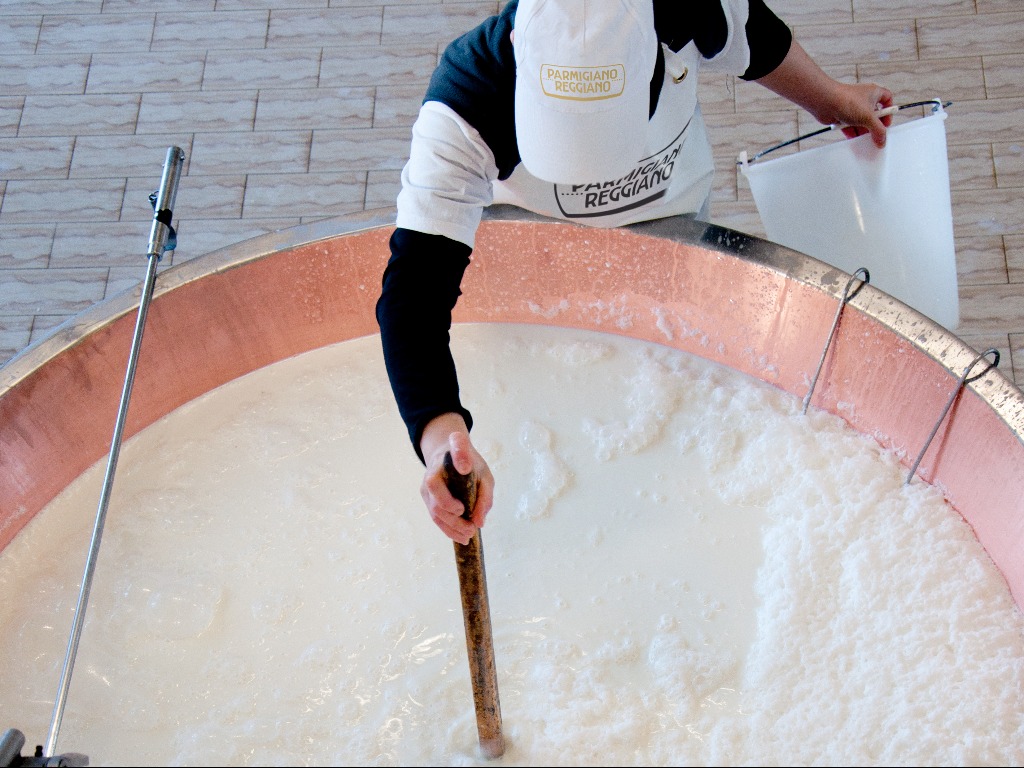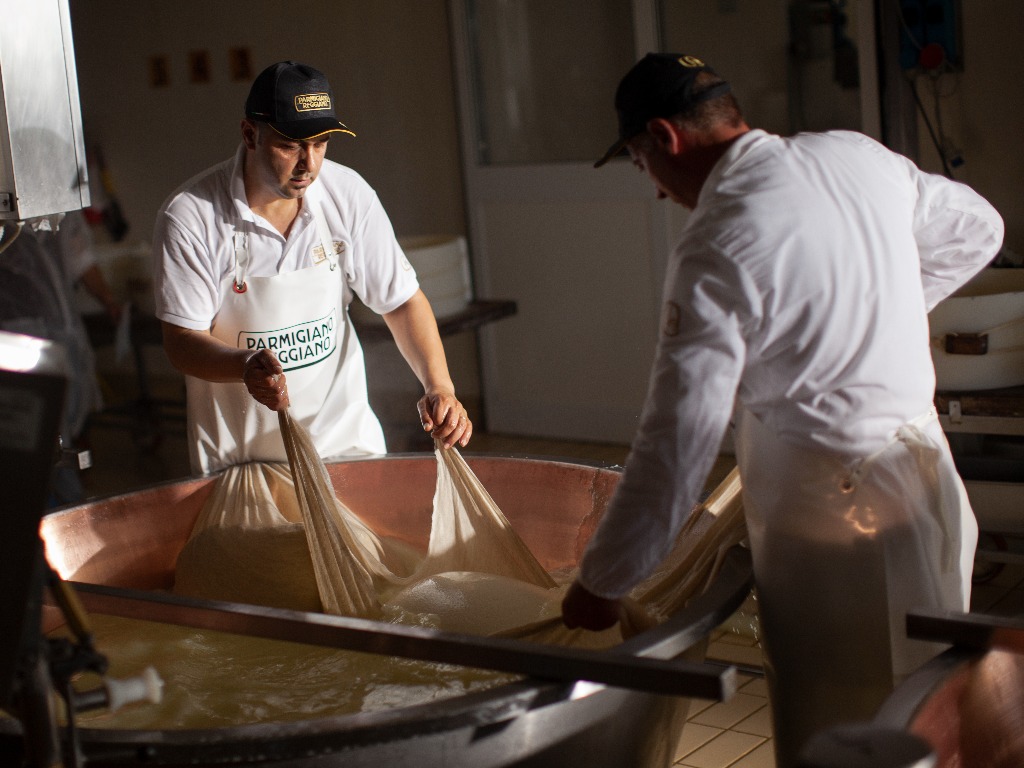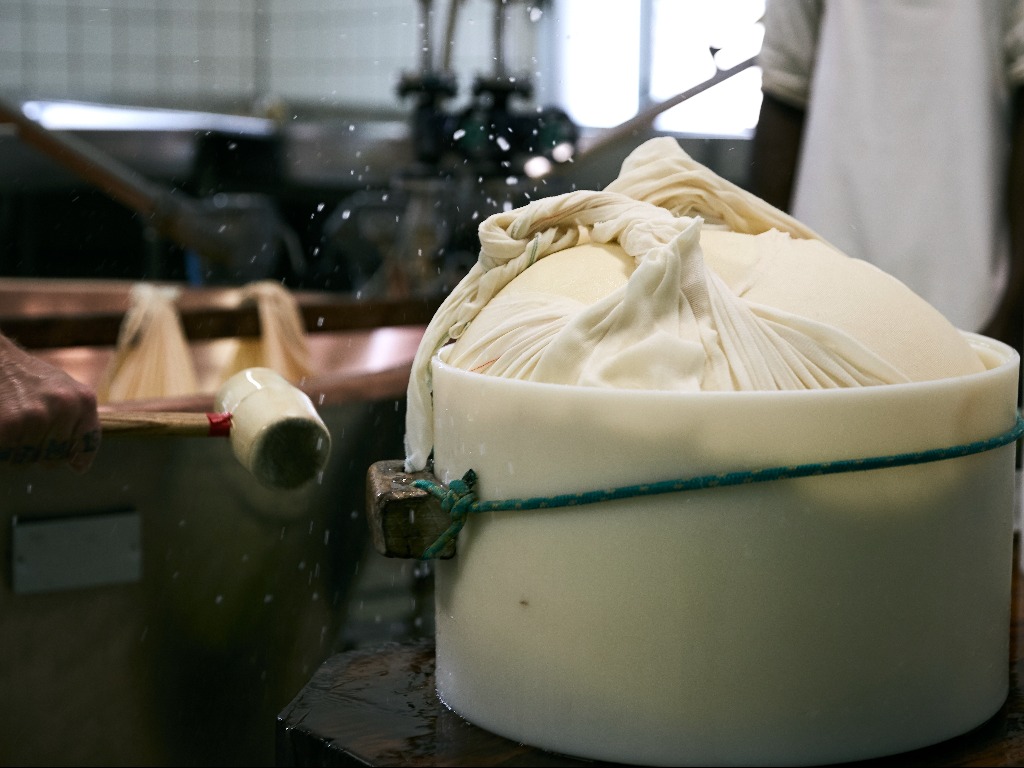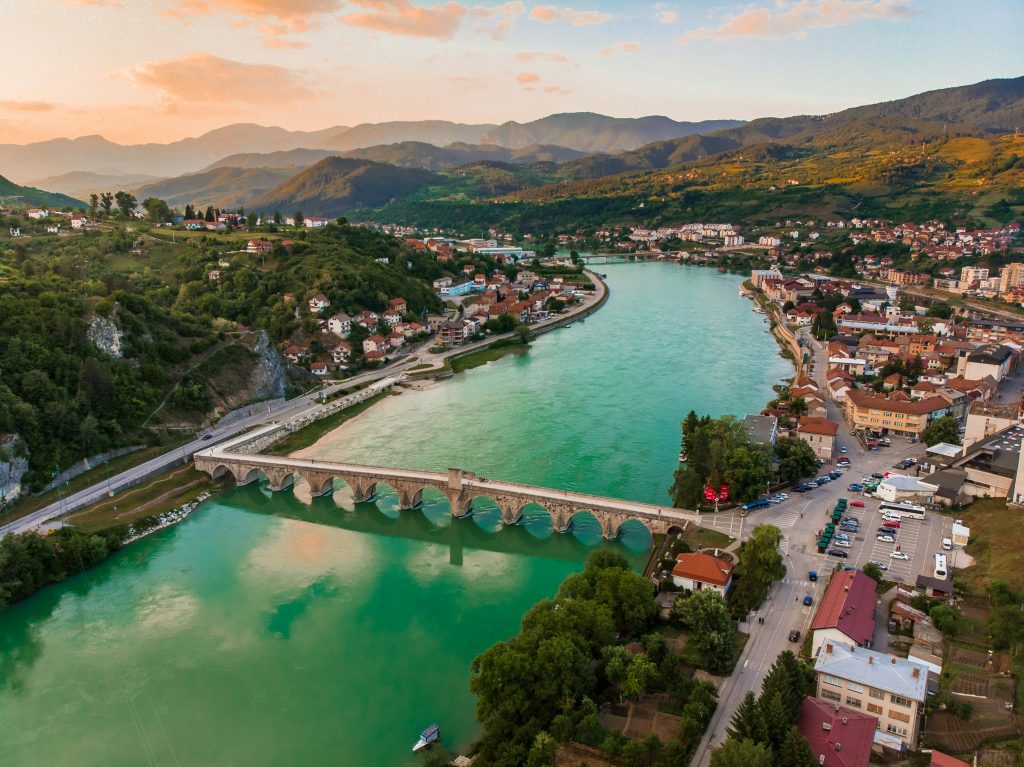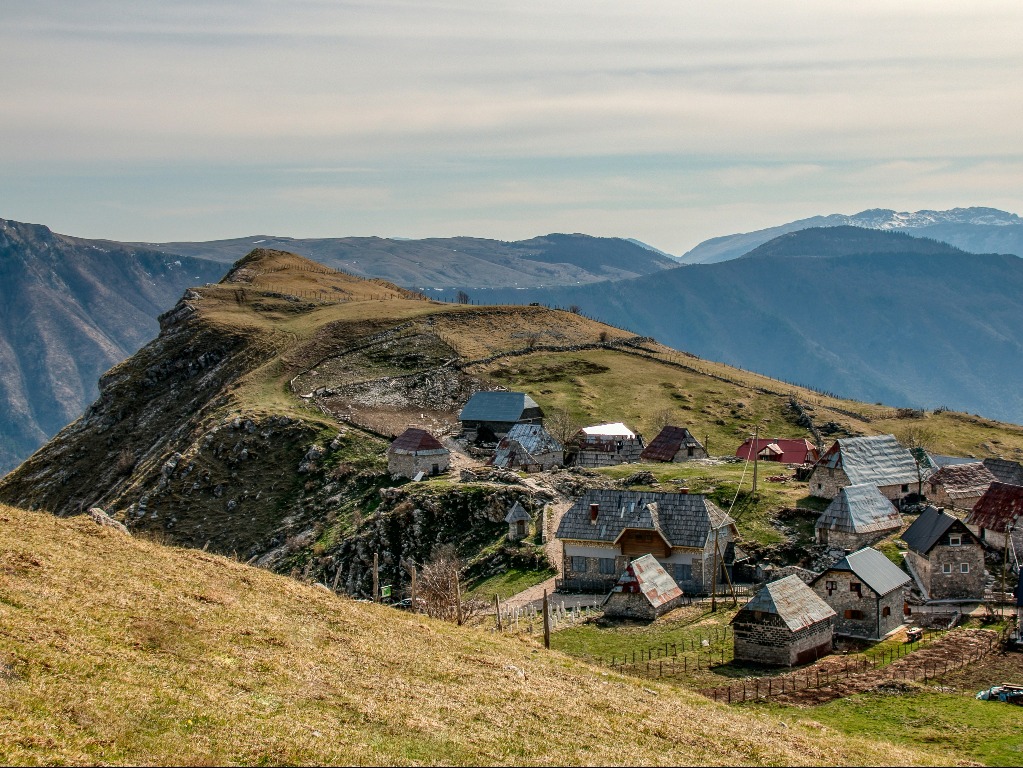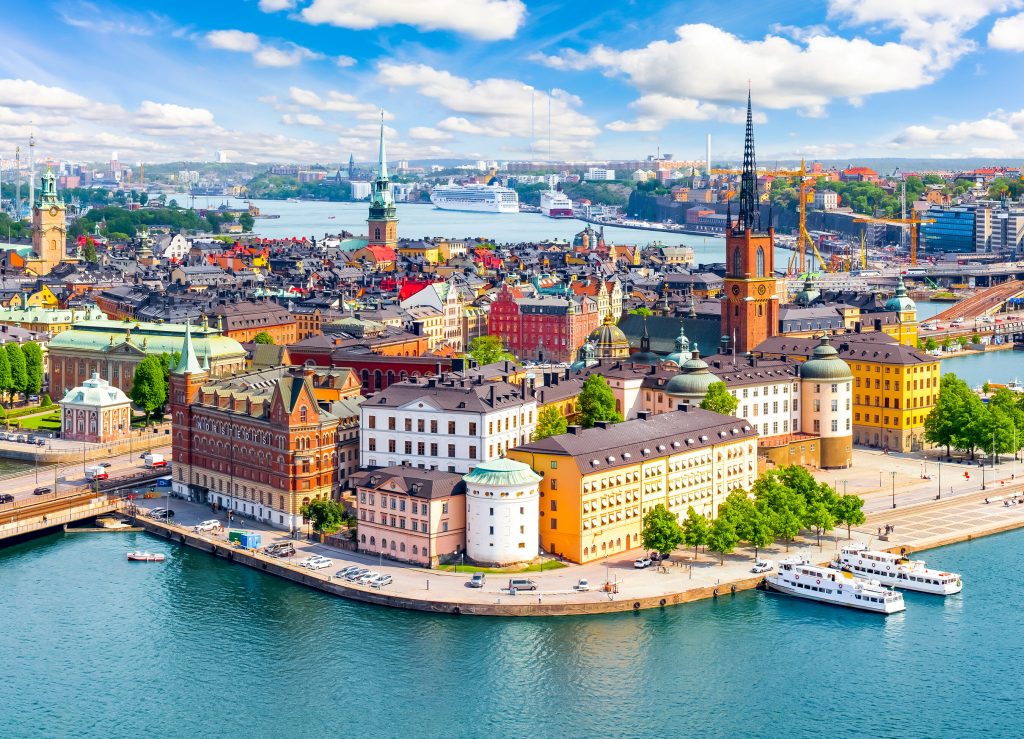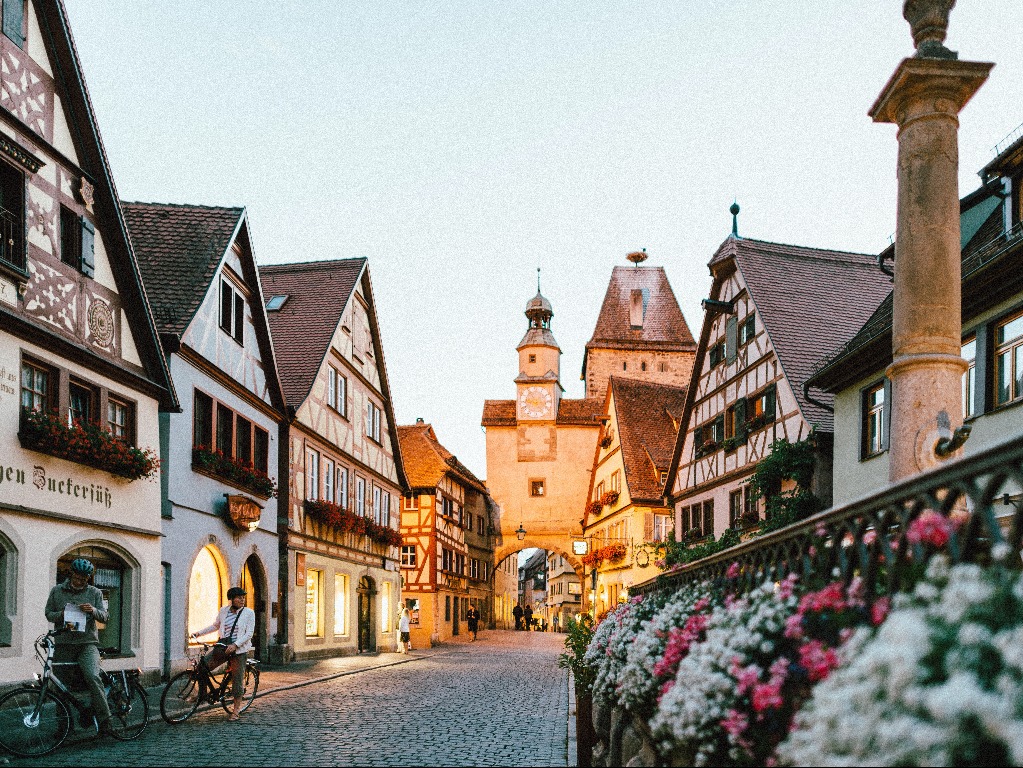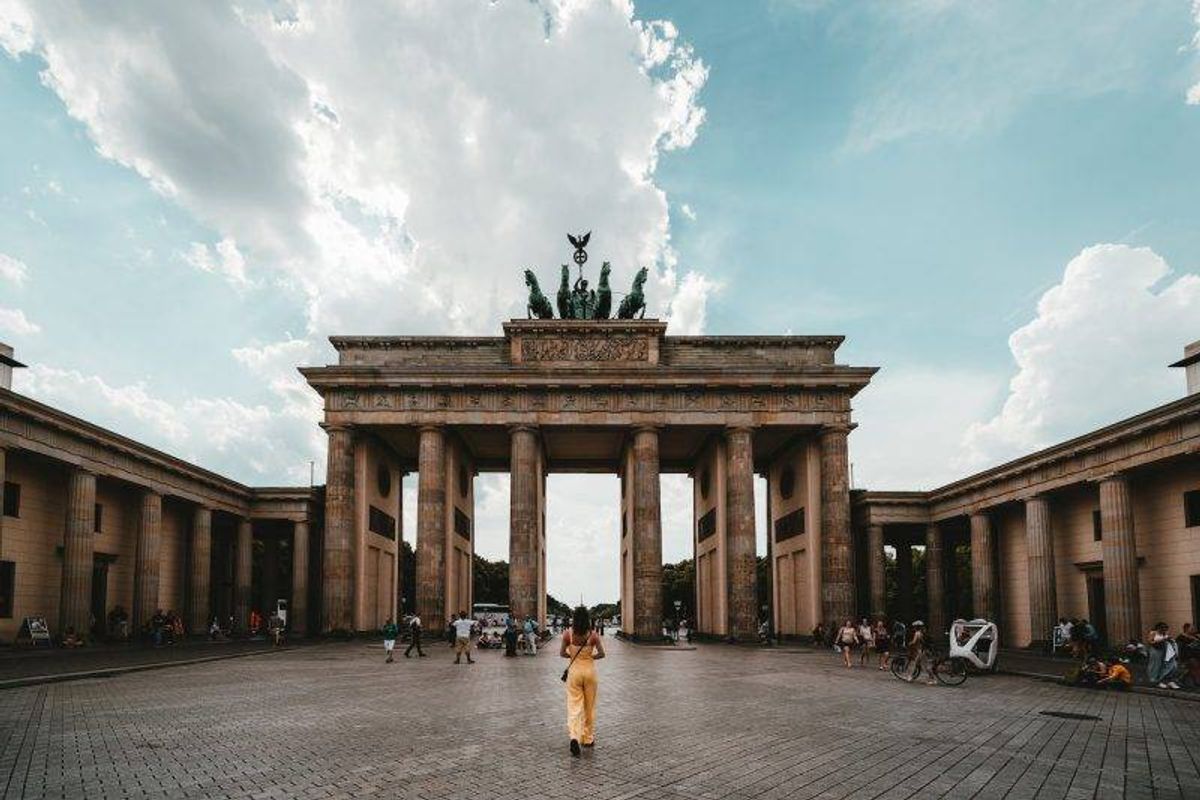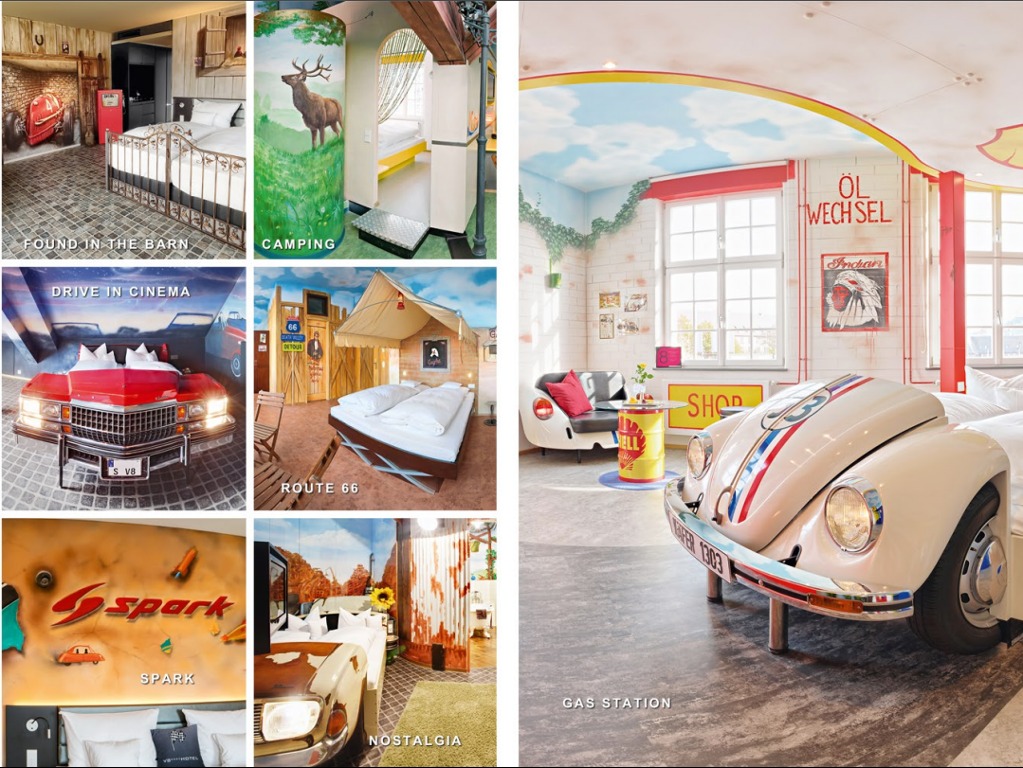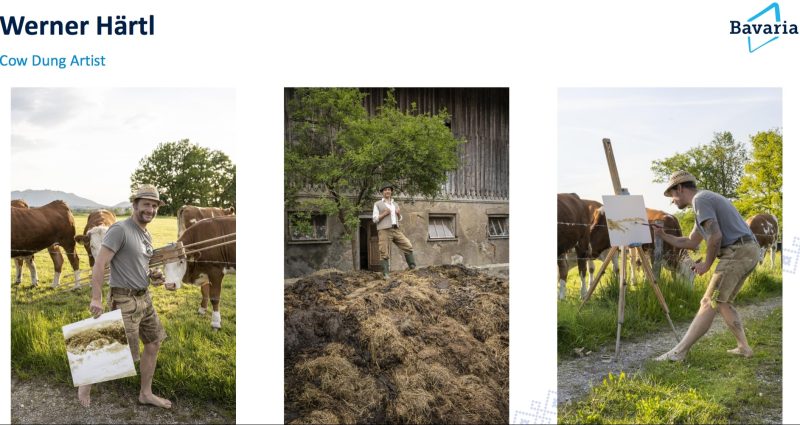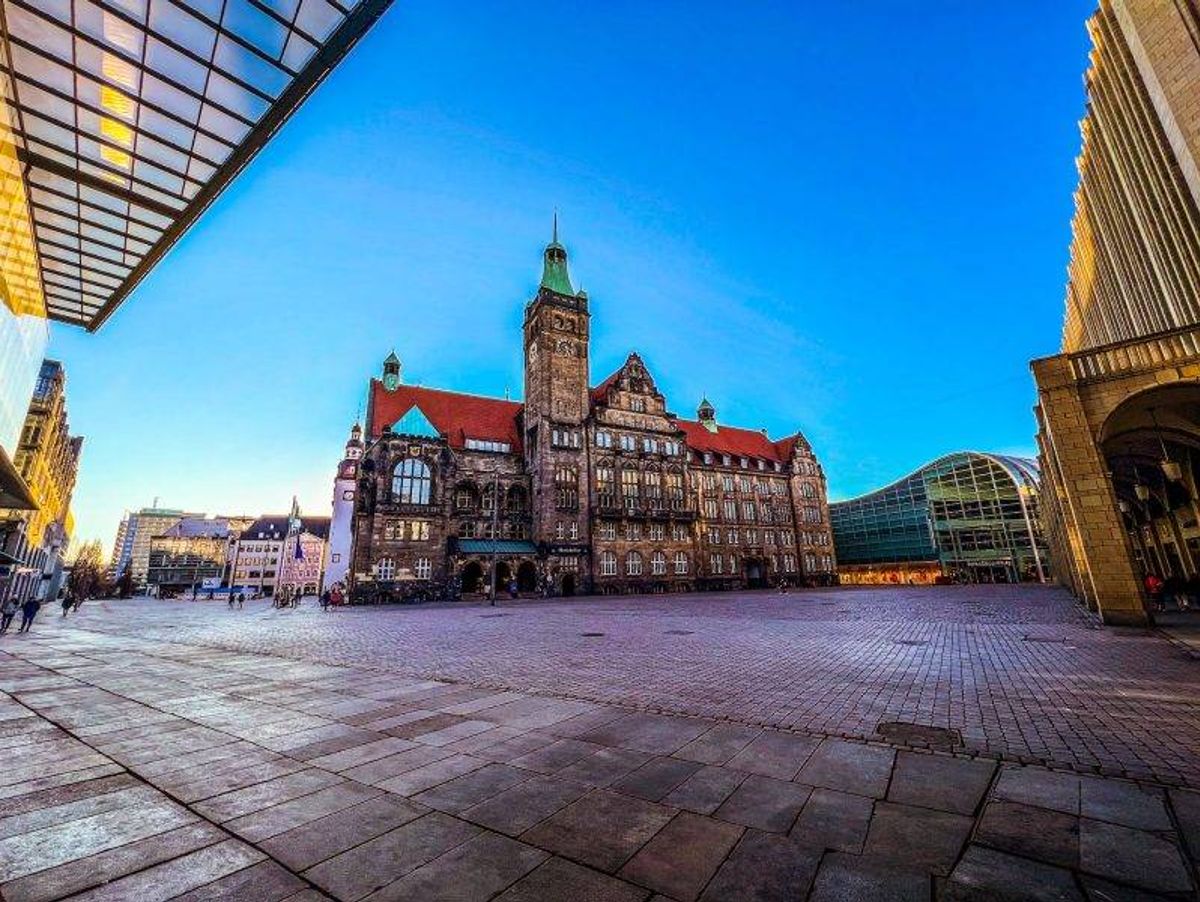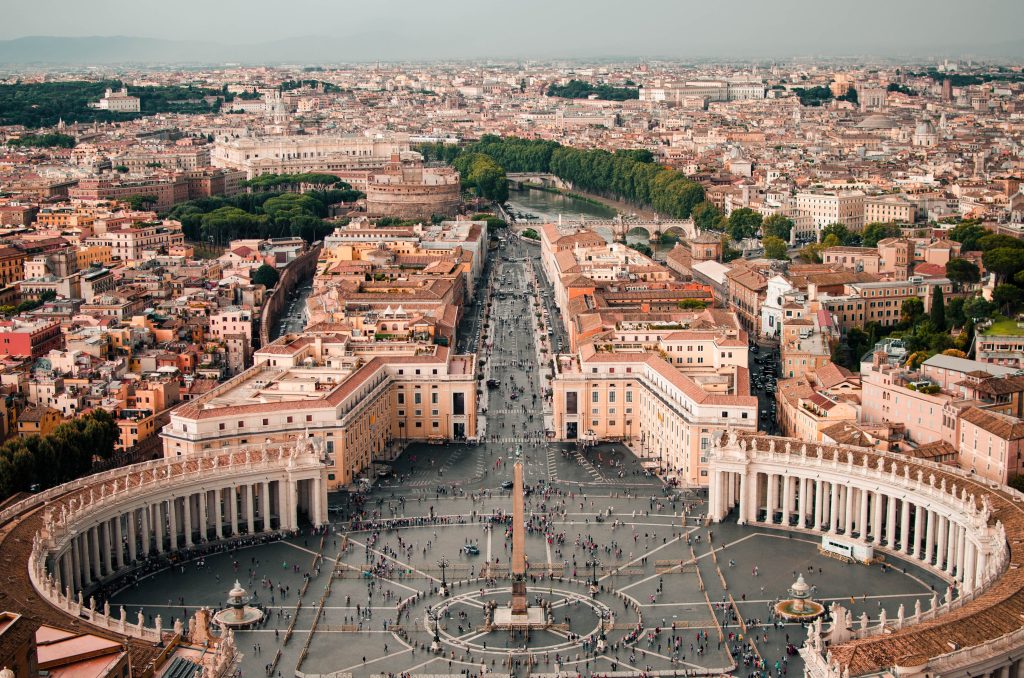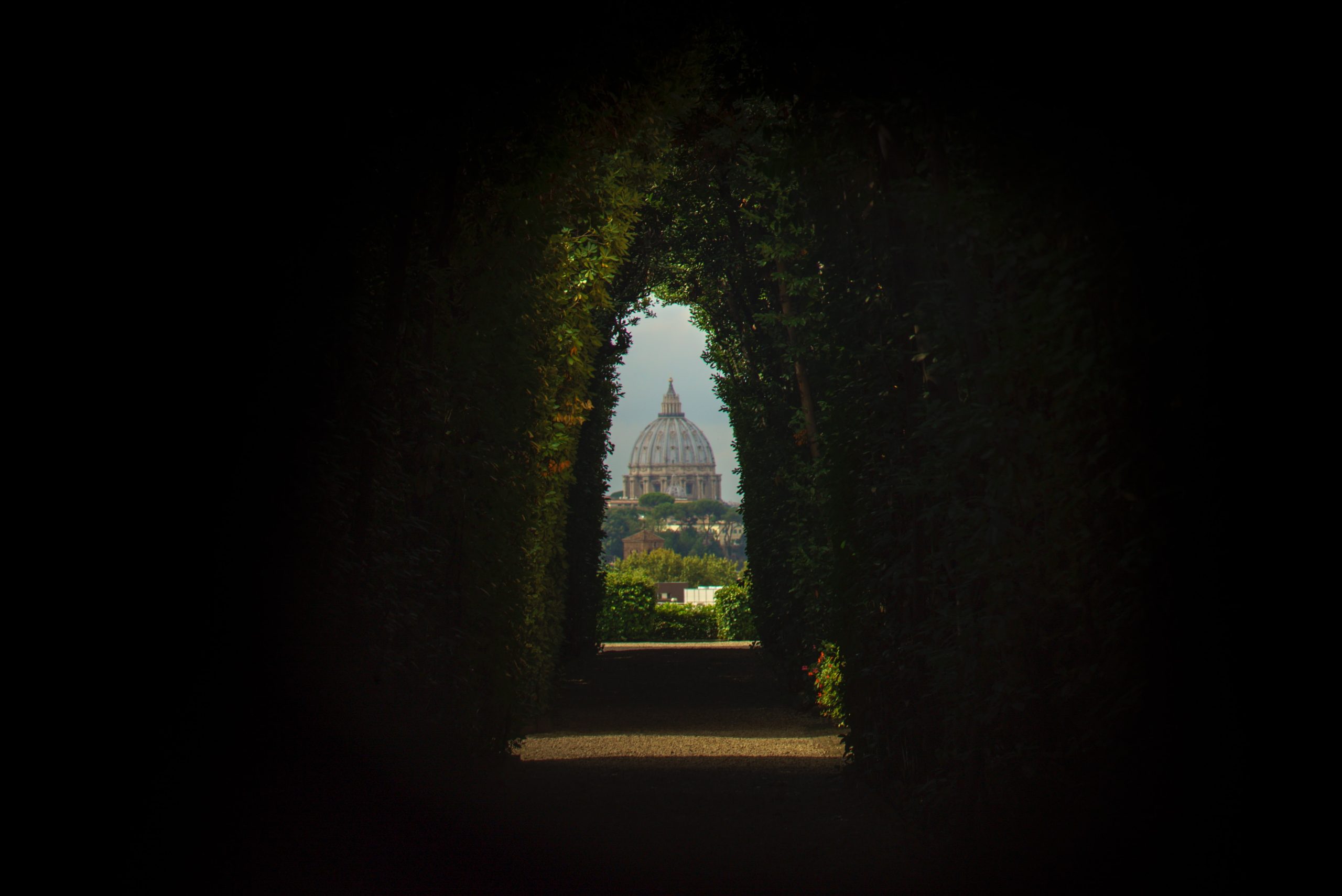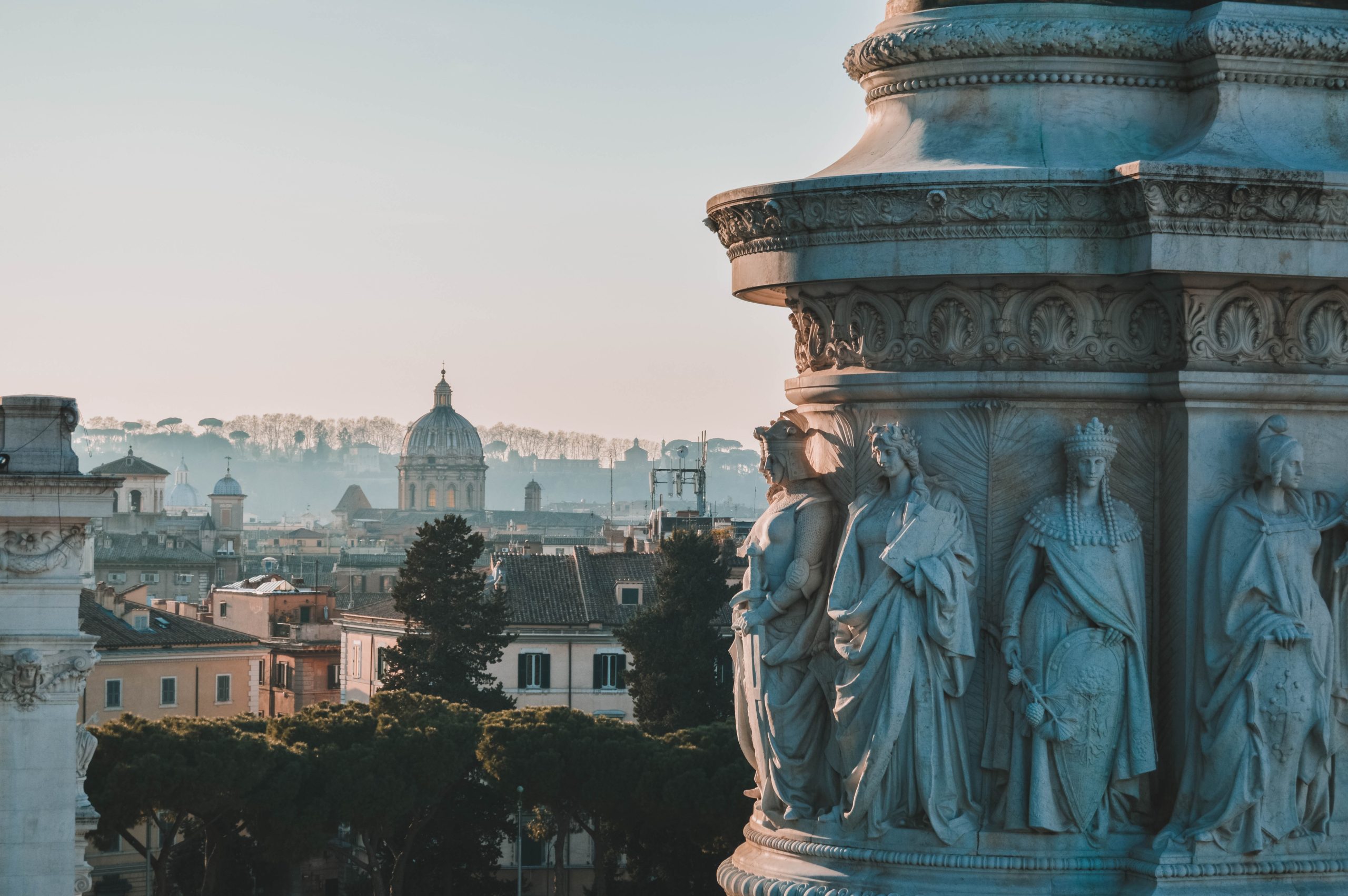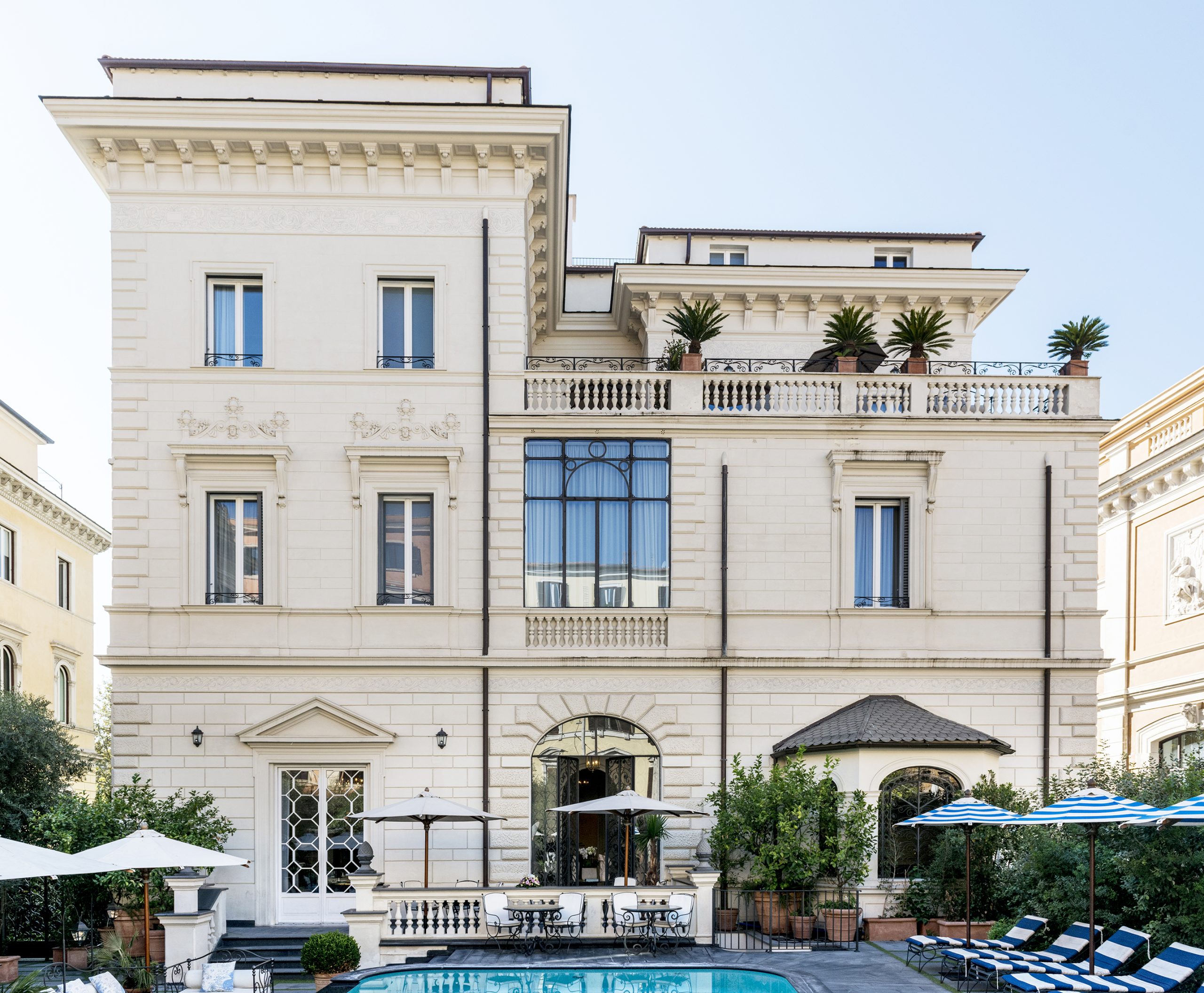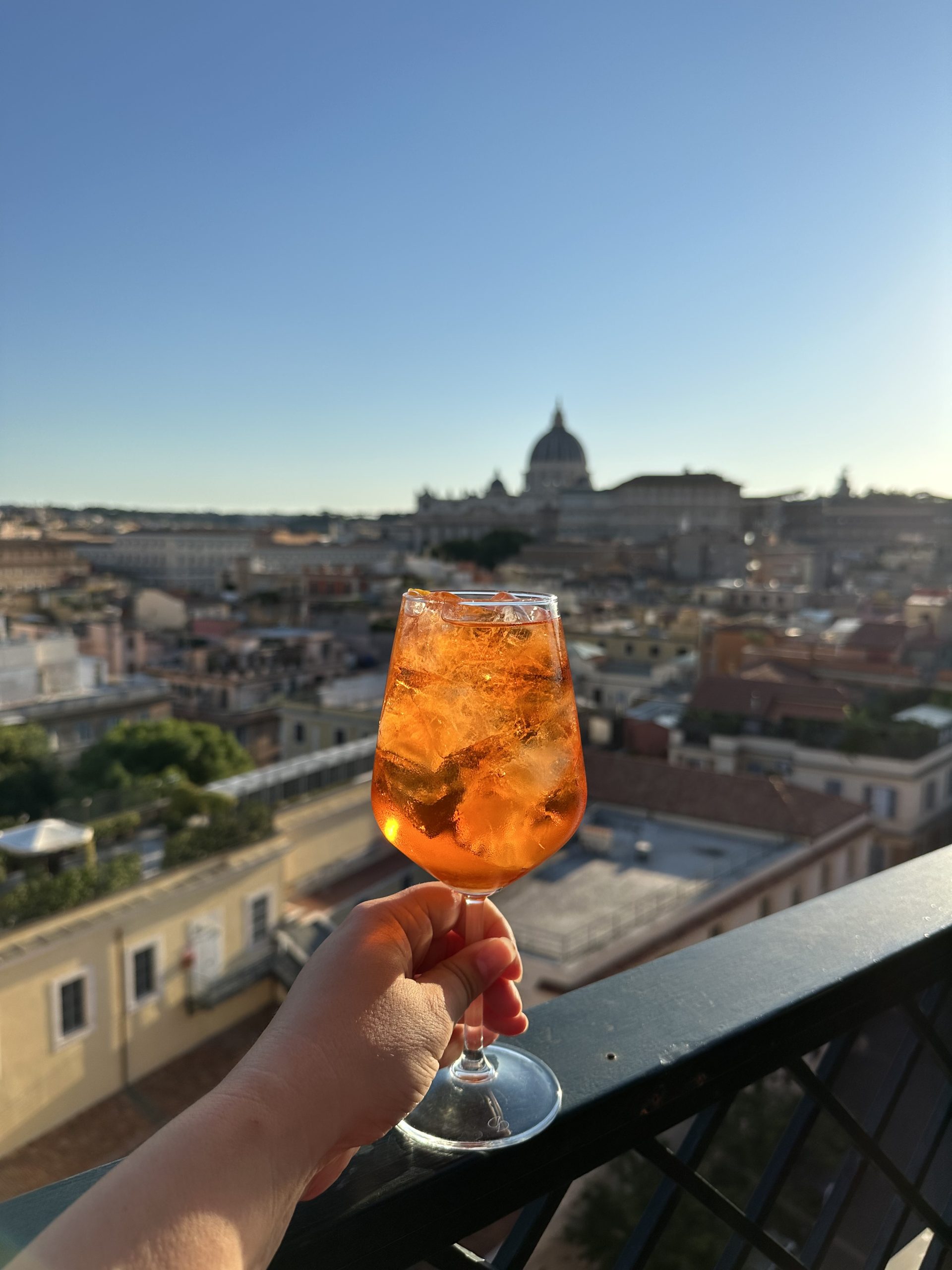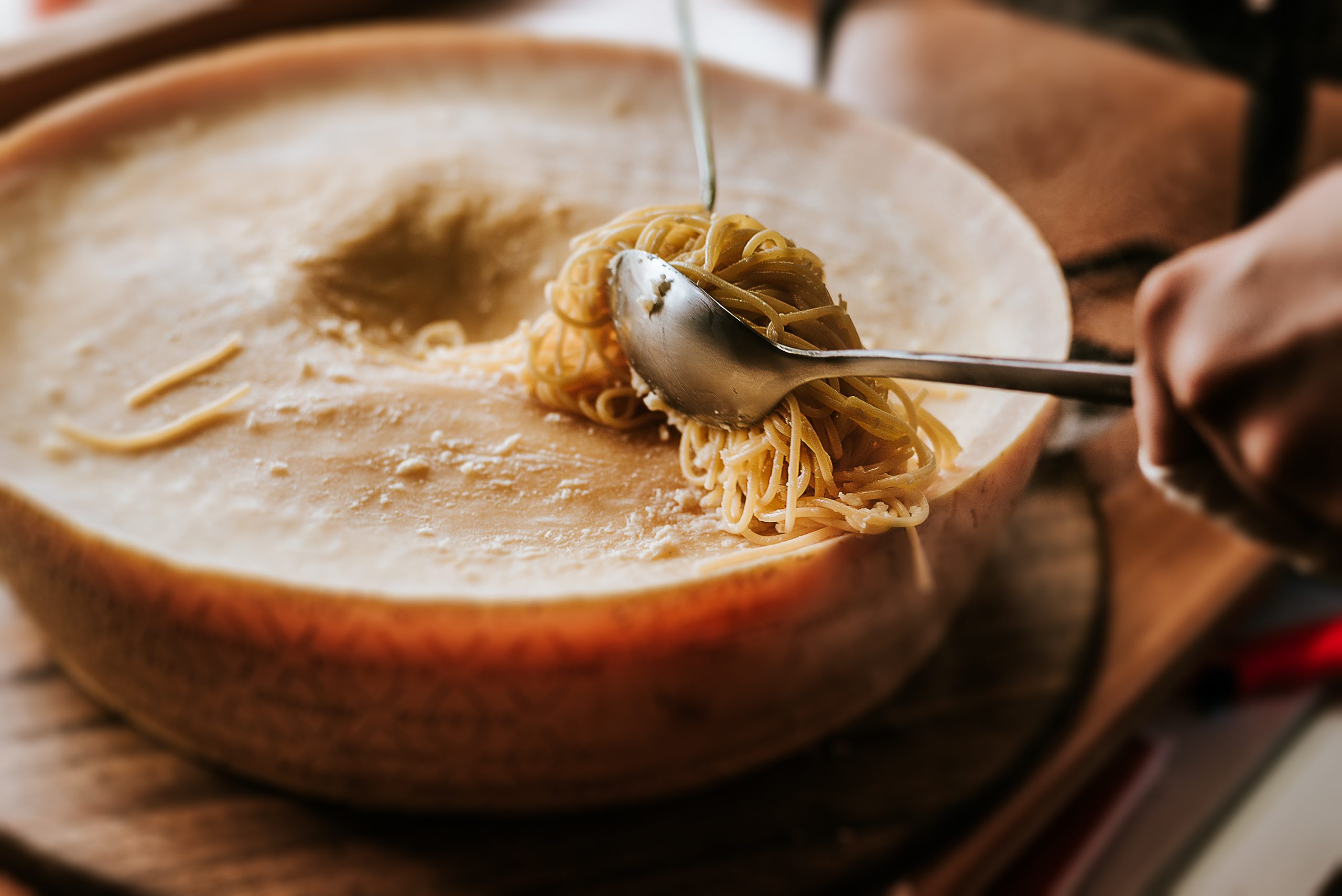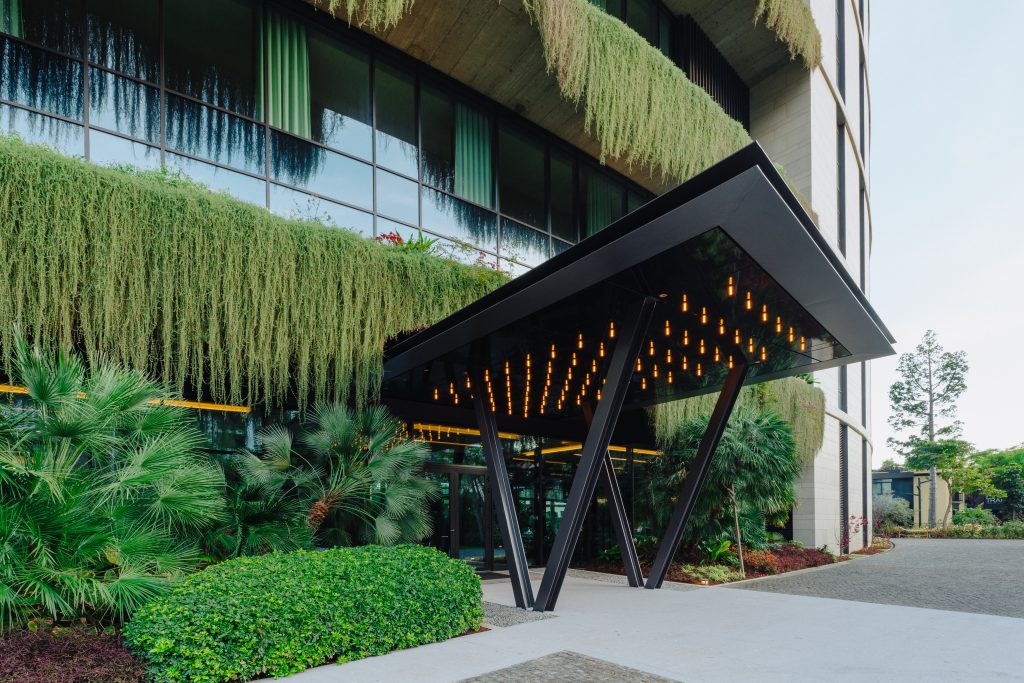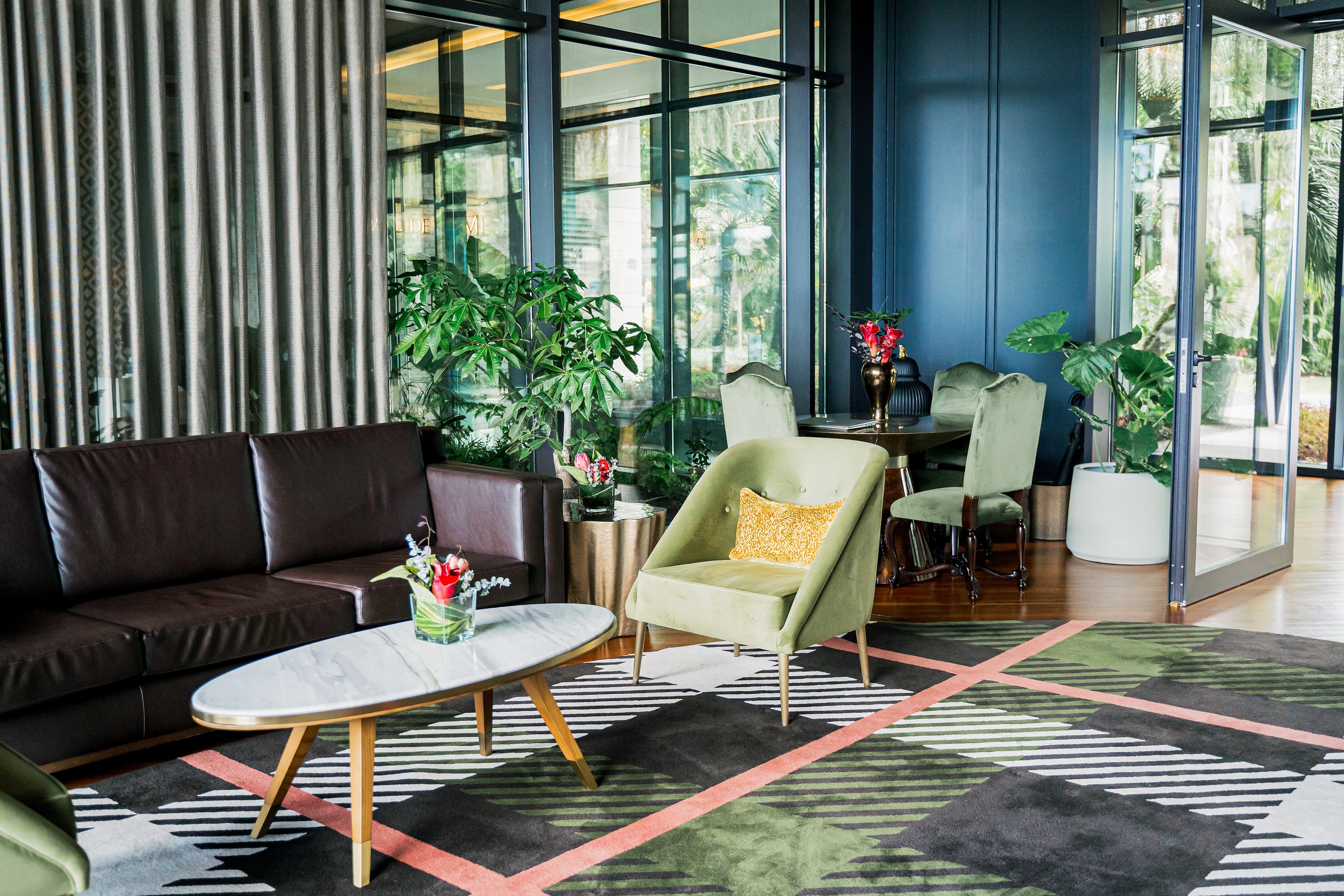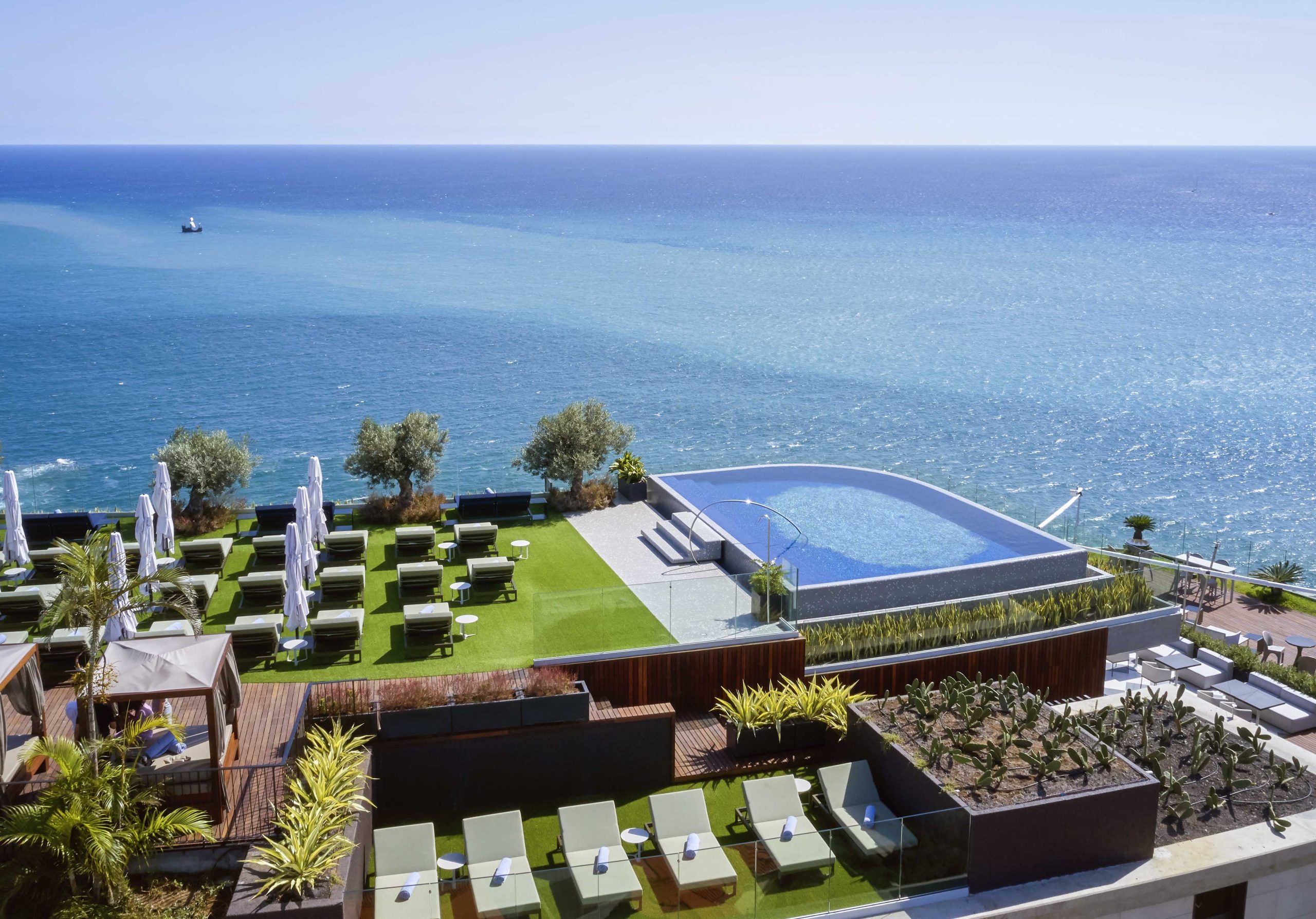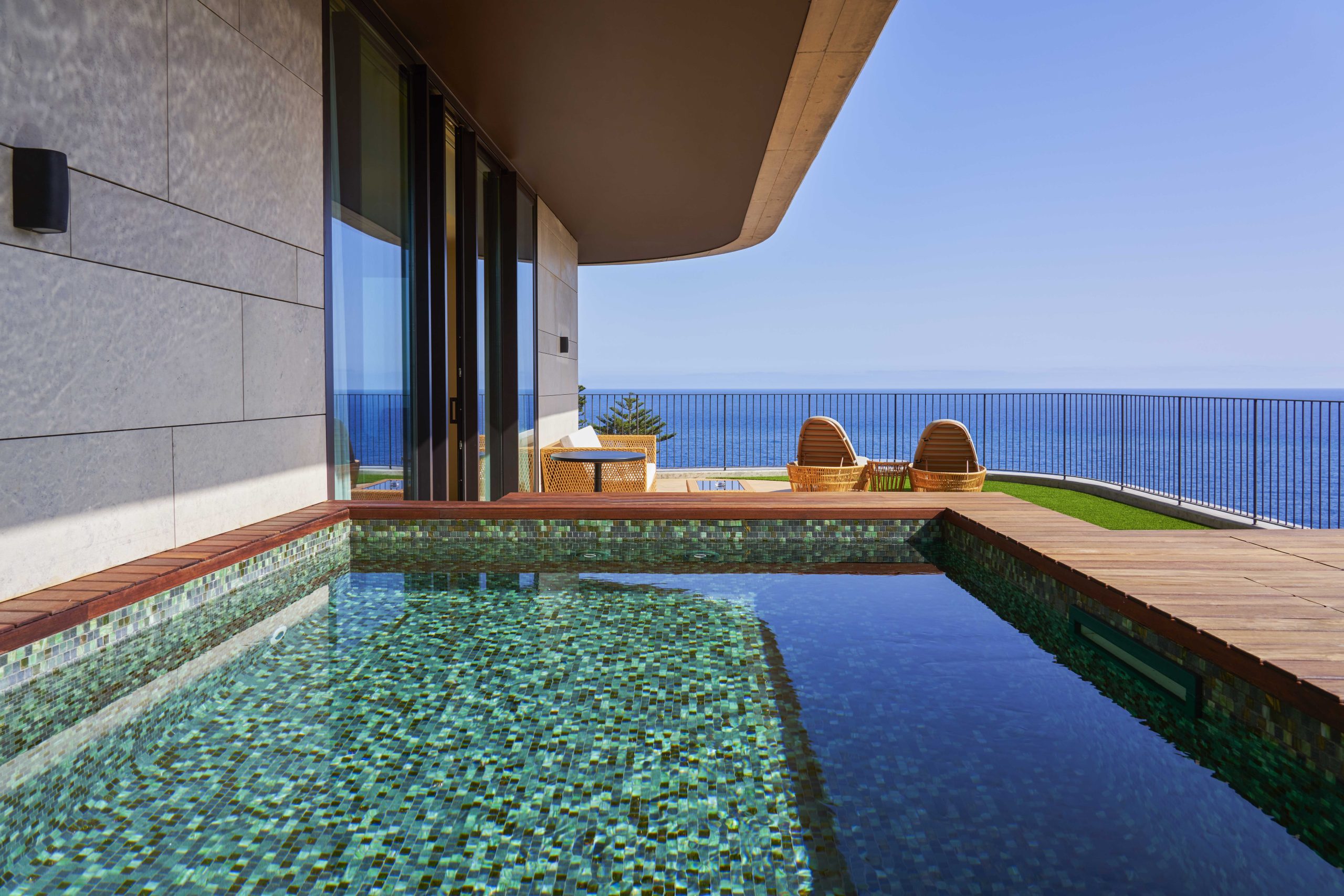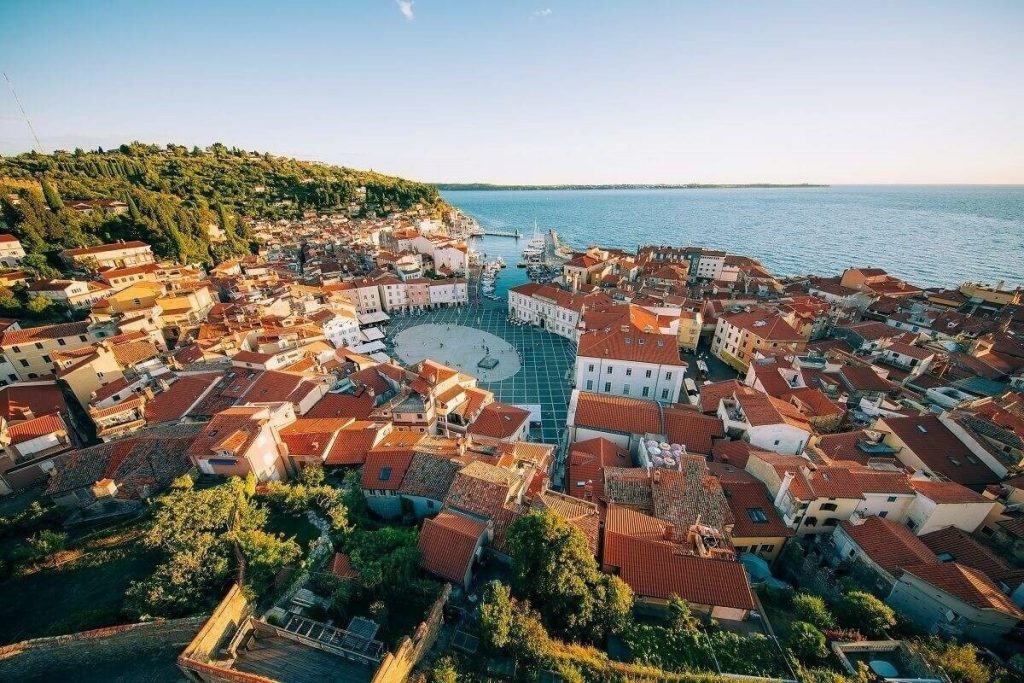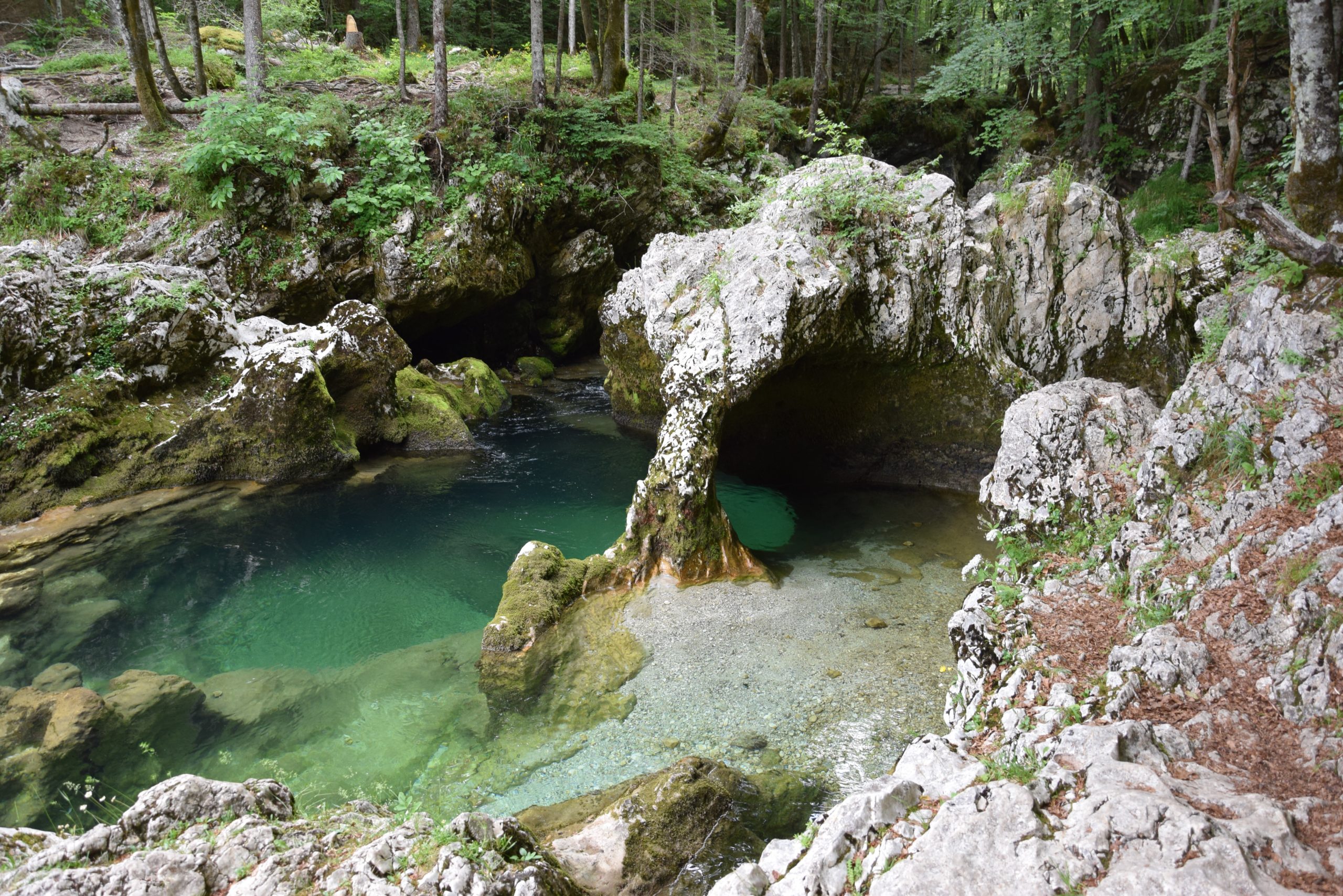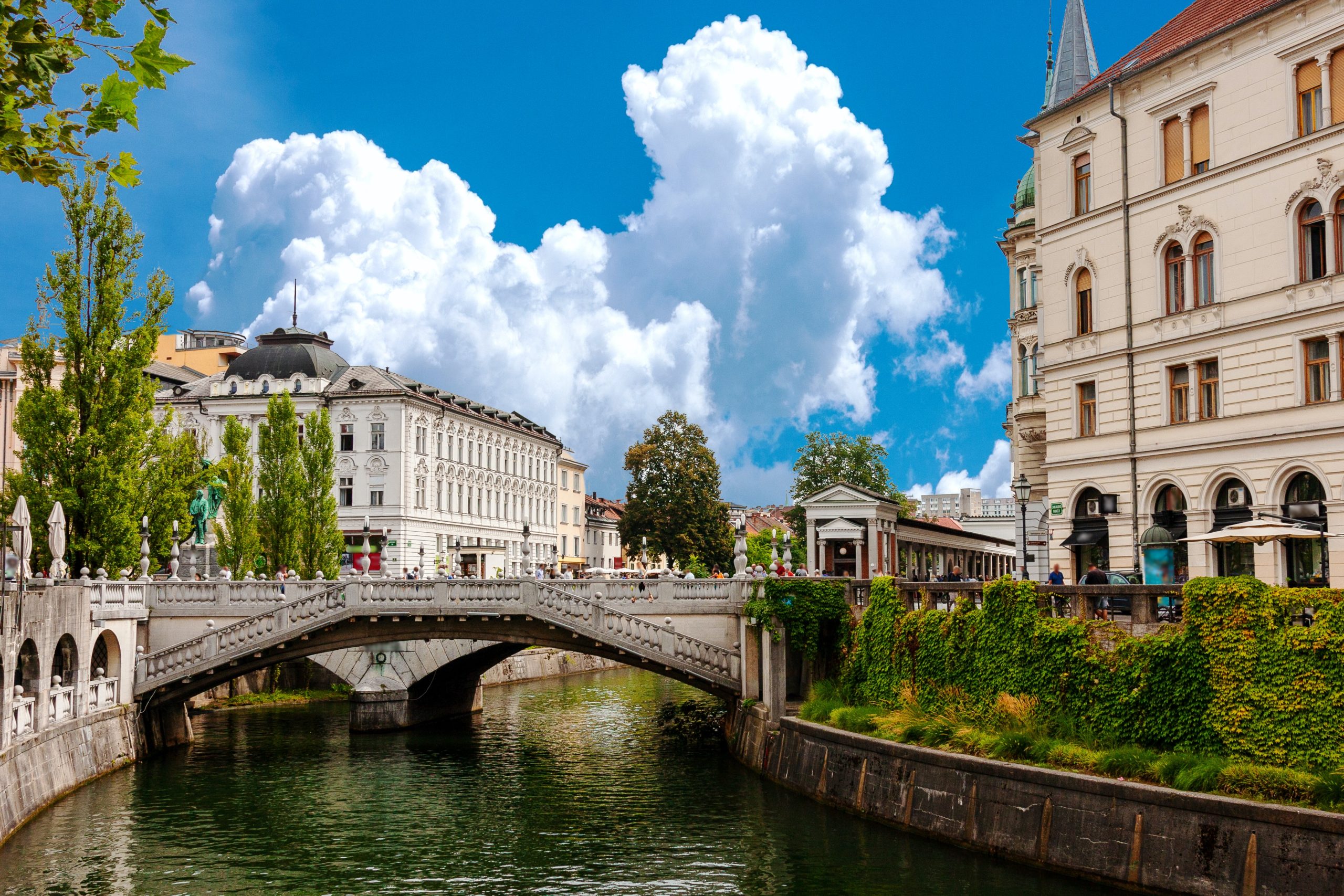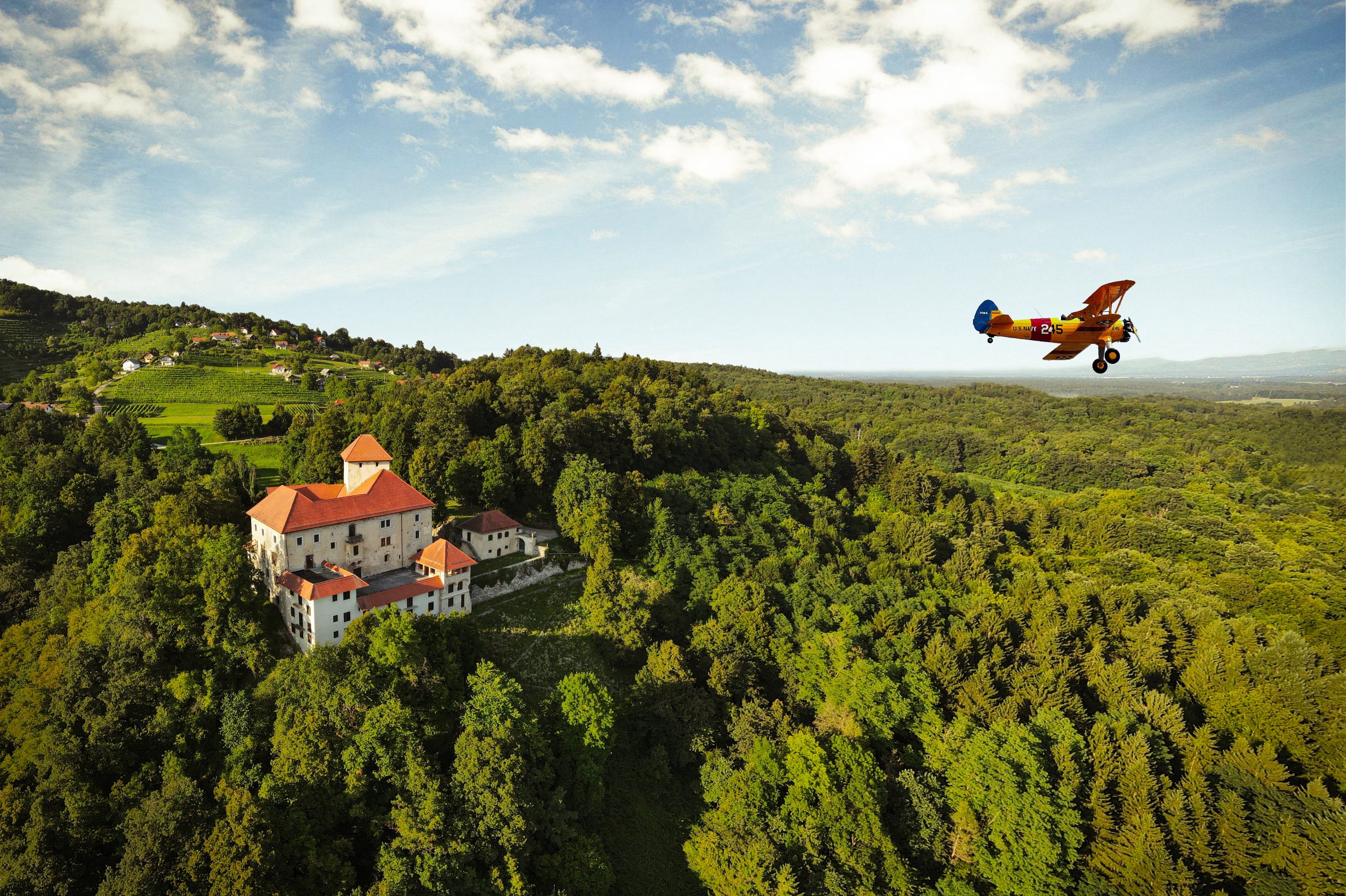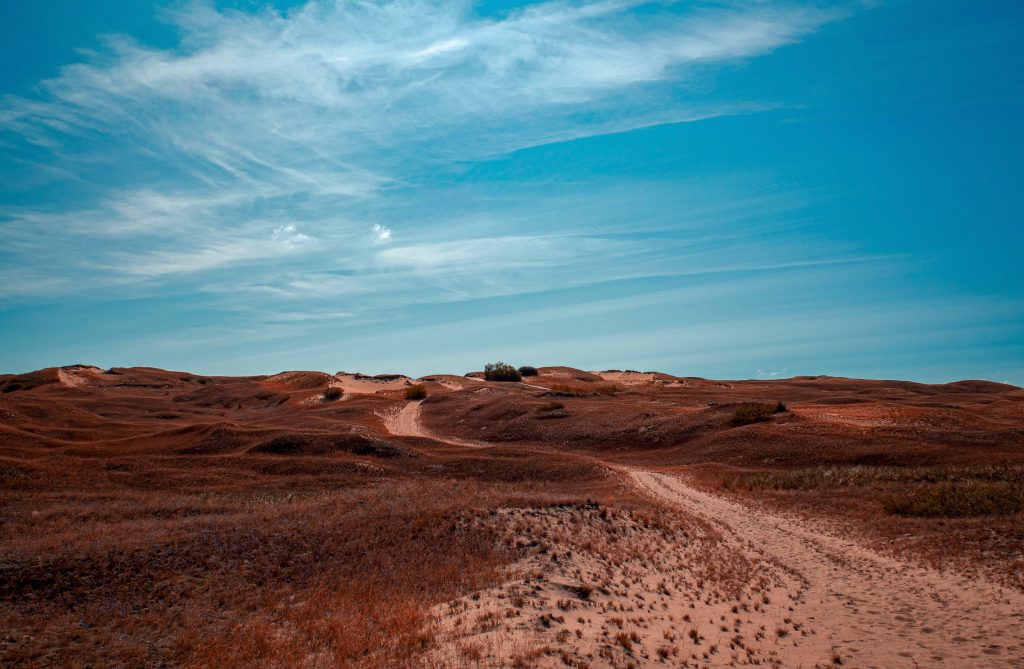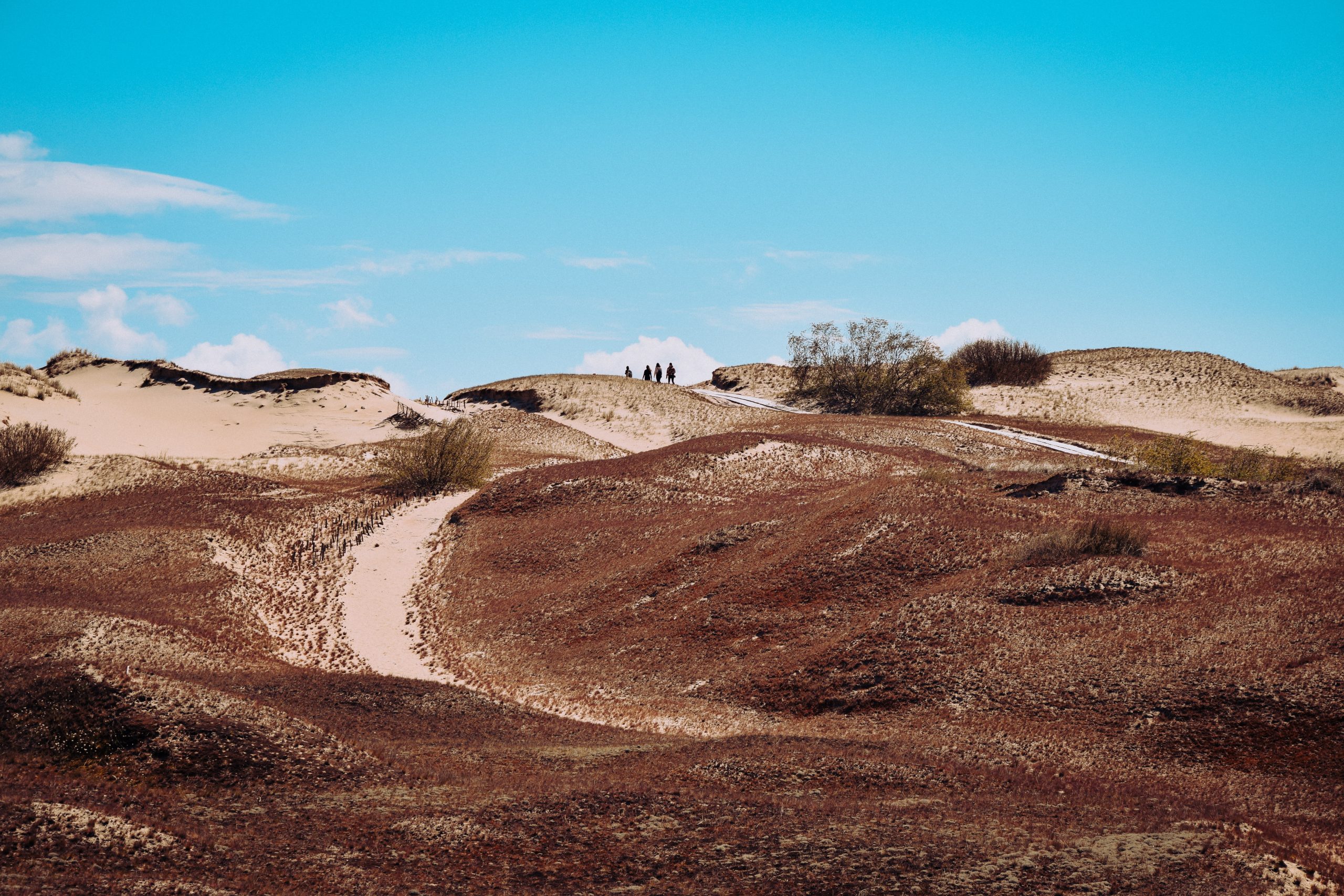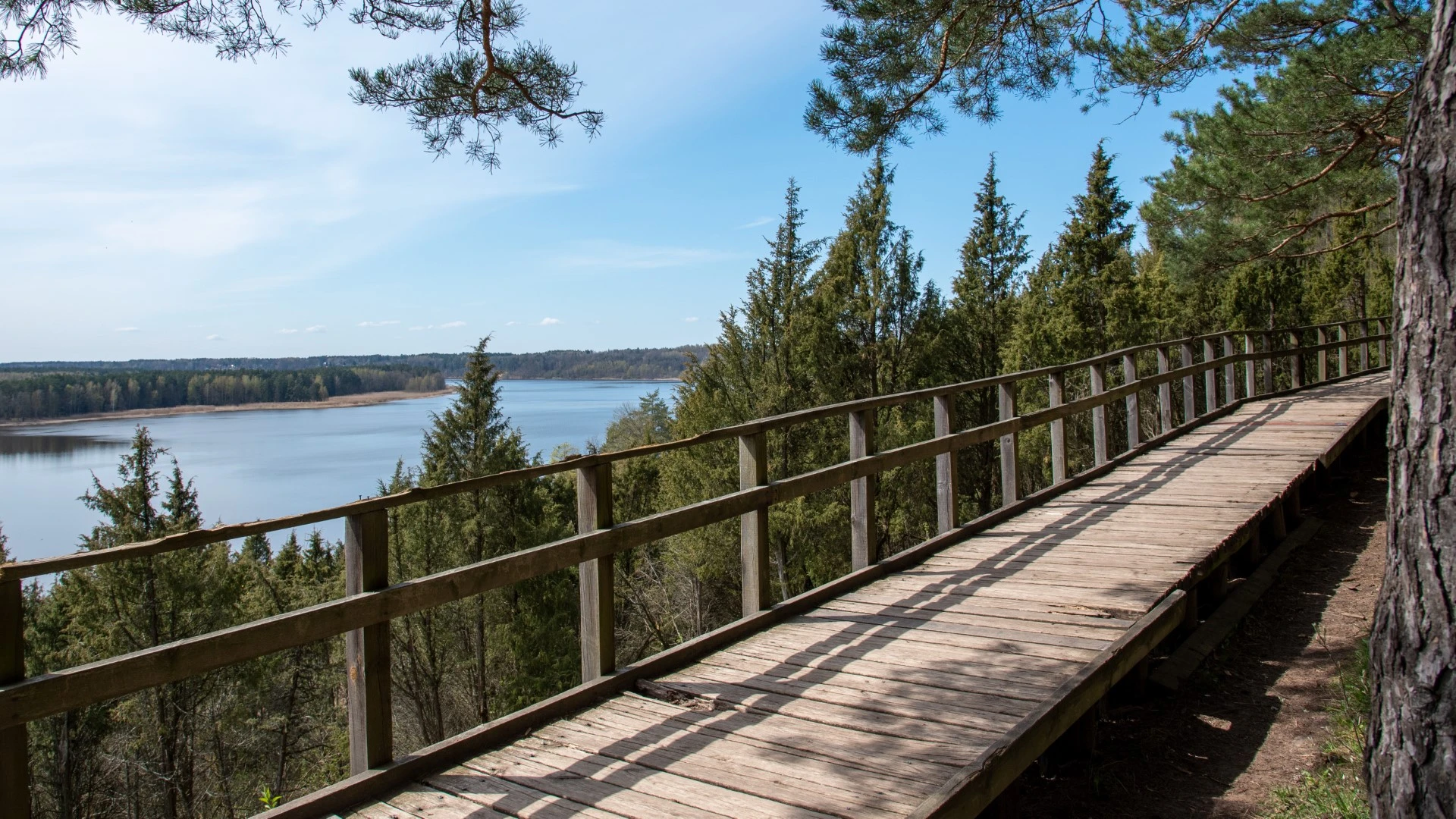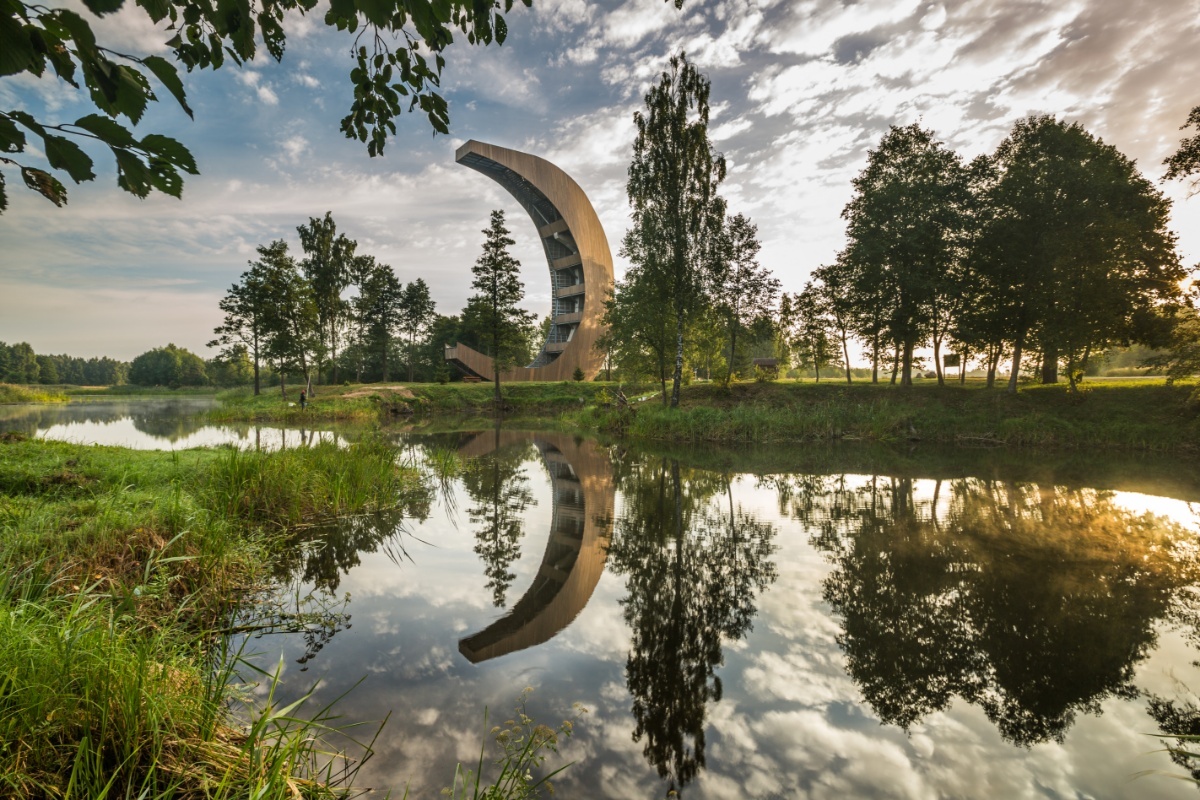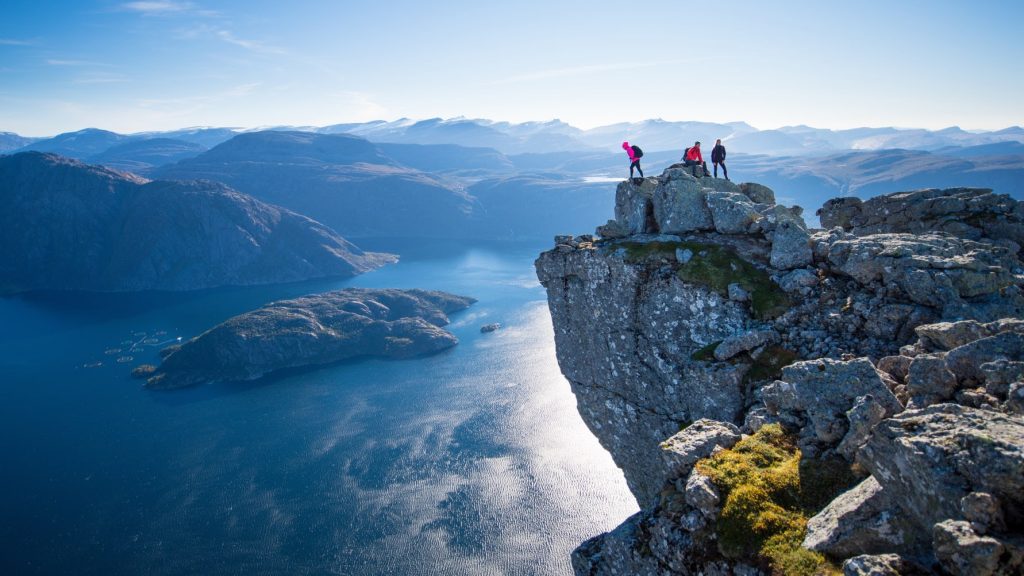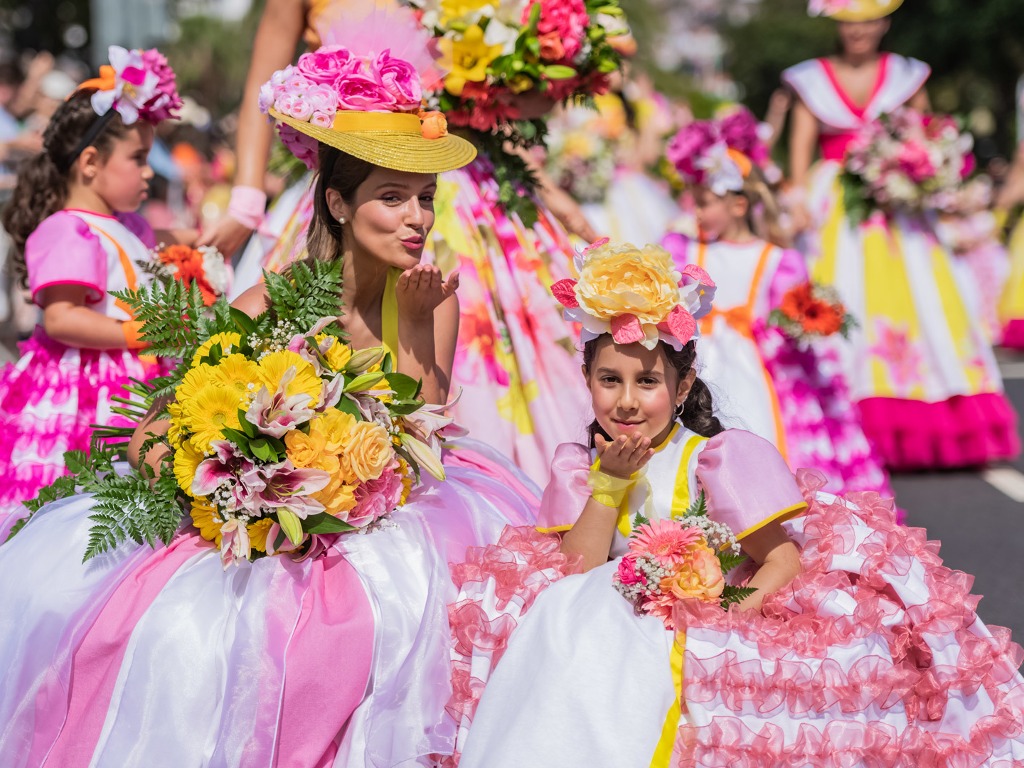
Five of the prettiest European flower festivals to visit this spring
Europe is home to some of the world’s most beautiful flower festivals.
These festivals not only celebrate the ephemeral beauty of flowers but also serve as cultural showcases, enticing travelers from around the world to immerse themselves in the splendor of Europe’s floral heritage.
Here are our five top picks to attend this spring!
Maderia's Flower Festival

From May 2 – 26, 2024, the Madeira Flower Festival unfurls as an enchanting spectacle, creating unforgettable moments in the hearts of both locals and visitors alike. For more than four decades, Madeira has embraced the cherished Wall of Hope ceremony.
With more than a thousand participants of all ages, the festival’s focal point is the Flower Parade, transforming the streets of Funchal into a vibrant spectacle of music, colour, and floral fragrances.
A dazzling procession of floats, adorned with dancers and musicians donning creative and colourful costumes, captivates the senses of onlookers. The festival also features a variety of smaller events, such as flower concerts offering live music amidst lush flora, as well as markets where visitors can purchase plants and indulge in regional cuisine. A week later, the charm continues with the Madeira Auto Parade, a delightful fusion of classic cars and exquisite natural floral arrangements.
Holland's Tulip Festival
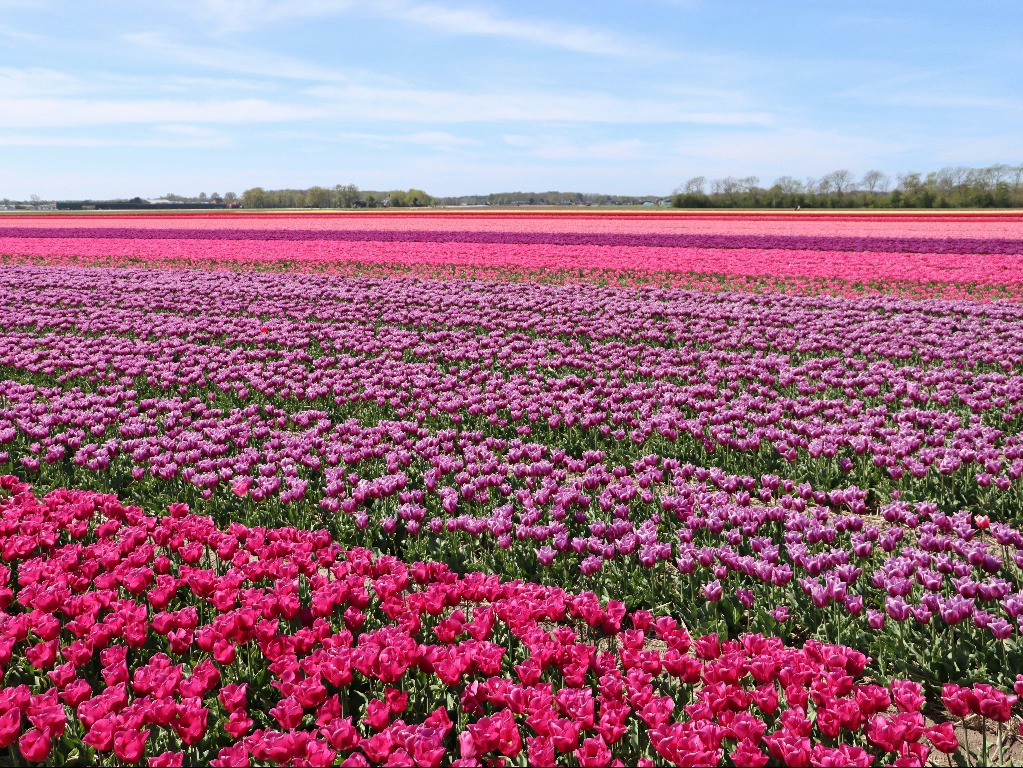
Holland’s Tulip Festival, perhaps the best-known flower festival of all, takes place this year from March 21 to May 12.
Held annually in various locations across the country, including the famous Keukenhof Gardens and surrounding bulb fields, the festival showcases the beauty and diversity of tulips in full bloom. Visitors can expect to be mesmerized by endless fields of vividly colored tulips stretching as far as the eye can see, creating a breathtaking panorama of natural beauty. From traditional tulip varieties to rare and exotic hybrids, the festival offers a kaleidoscope of floral displays that captivate the senses. In addition to admiring the flowers, attendees can immerse themselves in Dutch culture through live music, traditional dance performances, and local cuisine, making the Holland Tulip Festival a truly immersive and unforgettable experience for visitors of all ages.
At Keukenhof Gardens, roughly a 40-minute drive from Amsterdam, you’ll experience the magic of more than seven million spring flowering bulbs blooming throughout May. From the famous tulips to other varietals like roses and chrysanthemums, Keukenhof remains one of the most popular spots to view spring flowers in the world.
Adult tickets to Keukenhof Gardens cost €19.50 and sell out quickly. However, there are plenty of other places to revel in the Netherlands’ spring colours.
From public parks and gardens, to museum grounds and of course, the abundance of tulip fields easily seen by train, the beauty of the country’s florals are on full display throughout the season.
The Chelsea Flower Show
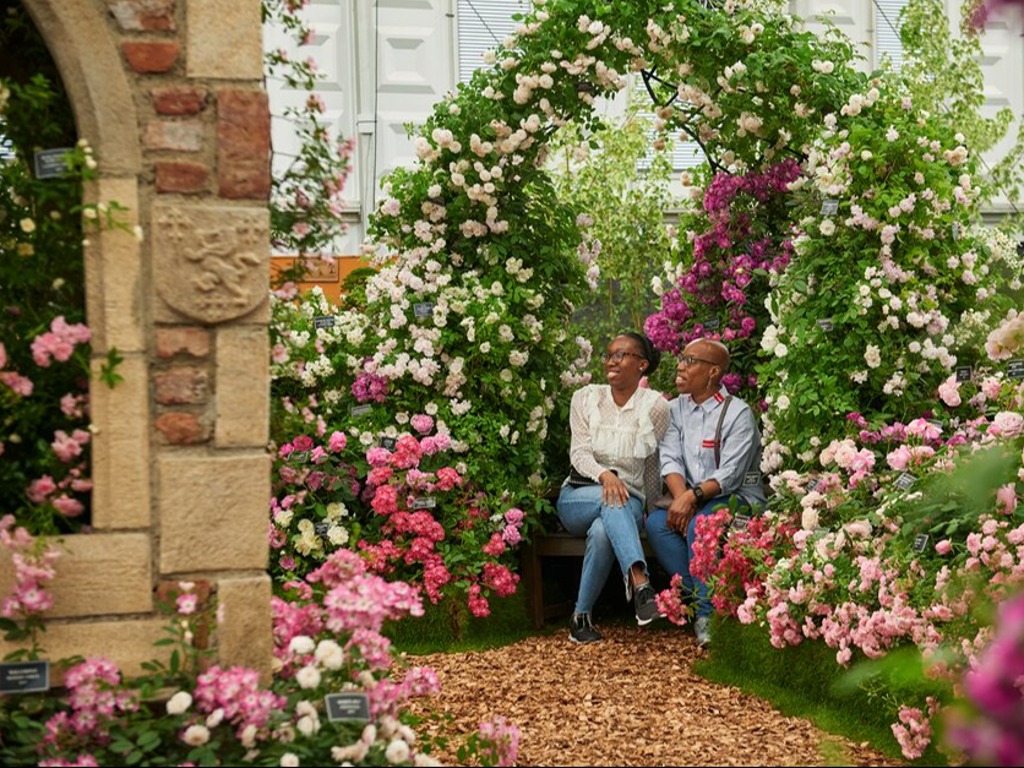
The Chelsea Flower Show, held annually in London, England, is one of the world’s most prestigious floral events.
Organized by the Royal Horticultural Society (RHS), it attracts gardening enthusiasts, designers, and celebrities (including members of the Royal Family) from around the globe. Showcasing innovative garden designs, rare plants, and cutting-edge horticultural techniques, the Chelsea Flower Show is a celebration of creativity and expertise in the realm of gardening and landscaping.
From stunning show gardens to vibrant floral displays, the event offers visitors a unique opportunity to immerse themselves in the beauty and diversity of the natural world.
This year’s flower show takes place from May 21 to May 24 in Chelsea, London. Guests can explore more than 300 exhibitors who are selling everything from artisanal products to spring bulbs and blooms.
Girona's Tiempo de Flores
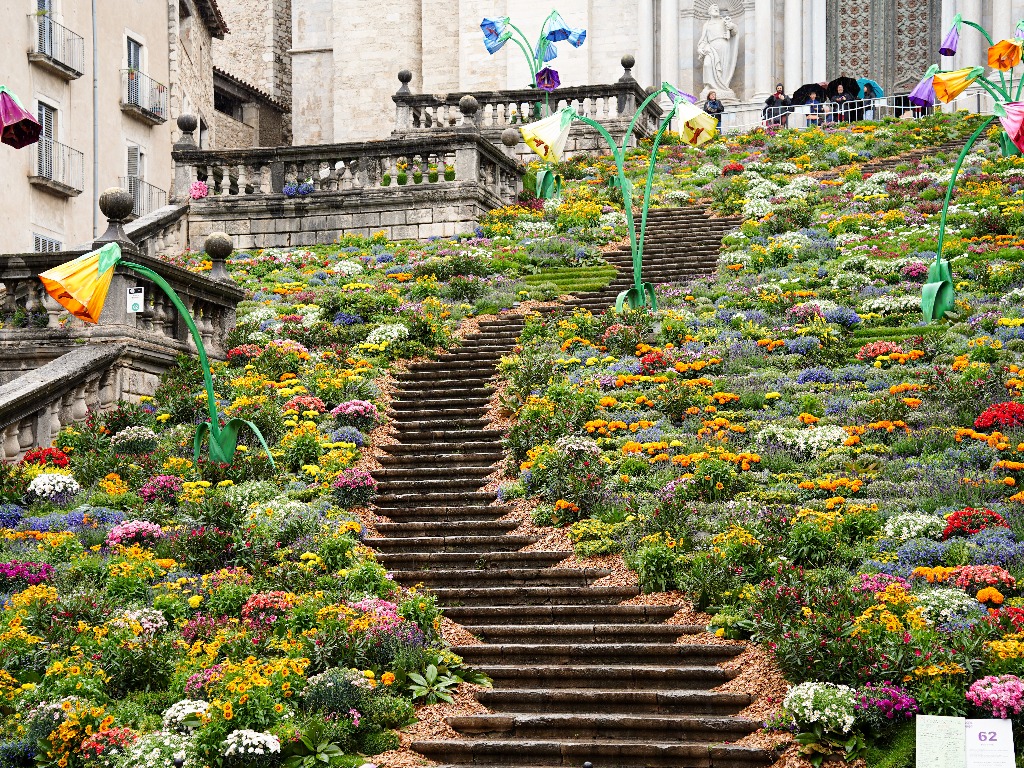
From May 11 to May 19, visitors to Girona, Spain can enjoy the Girona flors de temps, a free flower festival that’s been held every year in Girona’s Barri Vell neighbourhood since 1954.
Roughly an hour’s drive from Barcelona, Girona is a northeastern Spanish city known for its well-preserved Old Quarter with fortifications dating back to the 1st century BC.
Rather than a mass display of gardens, Girona’s entire city—especially the historic centre and the medieval Jewish quarter is dressed in flowers—from florals cascading down steps to monuments wrapped in petals upon petals.
Many buildings not typically open to the public also exhibit during this week. Girona’s citizens are known to get in on the fun, too, with many houses decorating their balconies and doorways with colourful flowers.
Sicily's Infiorata di Noto
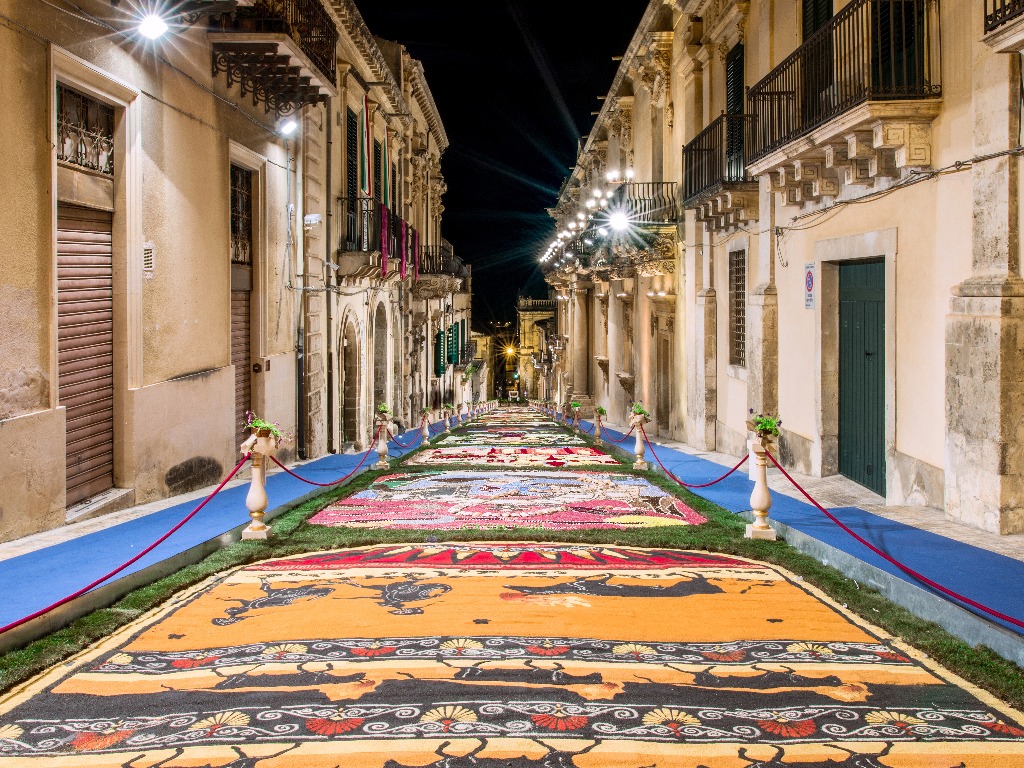
Sicily’s Infiorata di Noto is a dazzling spectacle that transforms the streets of Noto, a picturesque town in southeastern Sicily, into a canvas of floral artistry.
Held annually during late spring, this centuries-old tradition sees local artists and volunteers meticulously arranging thousands of vibrant flower petals into intricate and elaborate designs and “floral carpets” that span the cobblestone streets.
Visitors flock to Noto from all over the world to witness the breathtaking beauty of the floral carpets, which often depict religious motifs, mythological scenes, and intricate geometric patterns.
Happening this year from May 18 to May 21, the festival, with its origins dating back to the 16th century, celebrates the end of winter and the arrival of spring, as well as the region’s rich cultural heritage. This year’s theme will pay homage to the musical works of Italian composer Giacomo Puccini, who is best known for his operas.

